Description
Bently Nevada 3500/42M-140734-02: Four‑Channel Proximitor/Seismic Monitor for API 670‑style Machinery Protection
When you need one card to cover shaft vibration, thrust position, and a casing seismic point on the same train, this variant tends to be the practical choice. From my experience, the 3500/42M family is the “daily driver” in 3500 racks—stable measurements, sensible alarming, and it plays nicely with the TDI for System 1 trending. You might notice that it saves time during outages because analysts can grab buffered signals right from the front without touching field wiring.
Company’s Order Placement Process and Guarantees
- Warranty period: 365 days
- Delivery time: 1 week for in‑stock; no more than one month at the latest
- Payment terms: 50% advance payment; full payment for delivery
- Express delivery: FedEx, UPS, DHL
Key Features
- Four independent channels – Typically used for two radial proximitor points, one thrust position, and one casing seismic point on a gearbox or bearing housing.
- Mixed sensor support – Works with eddy‑current proximity probes, IEPE accelerometers, and velocity pickups on the same module; handy on retrofit trains.
- API 670‑style alarming – Alert/Danger setpoints with latching and time delays; from my experience this cuts nuisance trips during startup and coast‑down.
- Buffered BNC outputs – Analysts can pull raw waveforms and spectra without disturbing field terminations—great for bump tests and coast‑downs.
- Keyphasor association – Supports phase/speed referencing via rack Keyphasor for 1× tracking, orbits, and synchronous measurements.
- Native 3500 integration – Values and events flow through the backplane to 3500/22M (TDI) for System 1, historian, and DCS gateway access.
Technical Specifications
| Item | Details |
|---|---|
| Brand/Model | Bently Nevada 3500/42M-140734-02 |
| HS Code | 9031.80.90 (Machinery vibration/position monitoring instruments) |
| Power Requirements | Supplied by 3500 rack backplane (no external PSU required) |
| Signal Inputs | Eddy‑current proximity probes (shaft vibration/position, thrust), IEPE accelerometers, velocity transducers; front buffered BNC outputs |
| Outputs | Measured values/events to TDI; alarm drive to rack relays; optional 4–20 mA via 3500/93 output modules |
| Communication Interfaces | Through 3500/22M (TDI) over the backplane to System 1 / DCS gateways |
| Operating Temperature | Typically 0°C to +65°C, non‑condensing |
| Installation Method | 1‑slot 3500 rack module; rear terminal wiring; front BNC access for buffered signals |
Application Fields
Common on steam/gas turbines, centrifugal compressors, large process pumps, blower trains, and gearboxes. One refinery setup I liked: two radial proximitor channels, one thrust position, and a seismic accelerometer on the gearbox casing—simple coverage that typically flags issues early without overbuilding the rack.
Advantages & Value
- Reliability – Stable, low‑drift measurements; typically fewer nuisance alarms when delays/bands are tuned to the speed profile.
- Compatibility – Drops into existing 3500 racks and works seamlessly with 3500/22M TDI, relay modules, and 4–20 mA cards.
- Lifecycle cost – Four points per card reduces module count; buffered outputs shorten analyst time during turnarounds.
- Supportable – Crews know the 3500/42M workflow; swaps and config edits fit tight outage windows.
Installation & Maintenance
Route probe/seismic cables away from VFD feeders (aim for ~300 mm separation). Ground shields at one end only to avoid loops. After thermal soak, re‑verify proximitor gaps—drift appears more than expected on hot machines. From my experience, associating channels with the correct Keyphasor once and labeling the cabinet saves hours during night‑shift callouts.
- Cabinet: 19″ rack enclosure, IP54 or better, with front/rear ventilation
- Wiring: Twisted, shielded pairs for all dynamic signals; clean single‑point grounding
- Routine care: Quarterly buffered‑BNC spot checks; semi‑annual setpoint and filter review; firmware via TDI during planned outages
- Safety: Lockout/tagout before sensor work; keep harnesses strain‑relieved to avoid intermittent faults
Quality & Certifications
CE and UL compliant; manufactured under ISO 9001. Designed to support API 670 practices when configured correctly in the 3500 rack. Warranty is 365 days—most returns I’ve seen were sensor or wiring related, but you’re covered for normal operation either way.


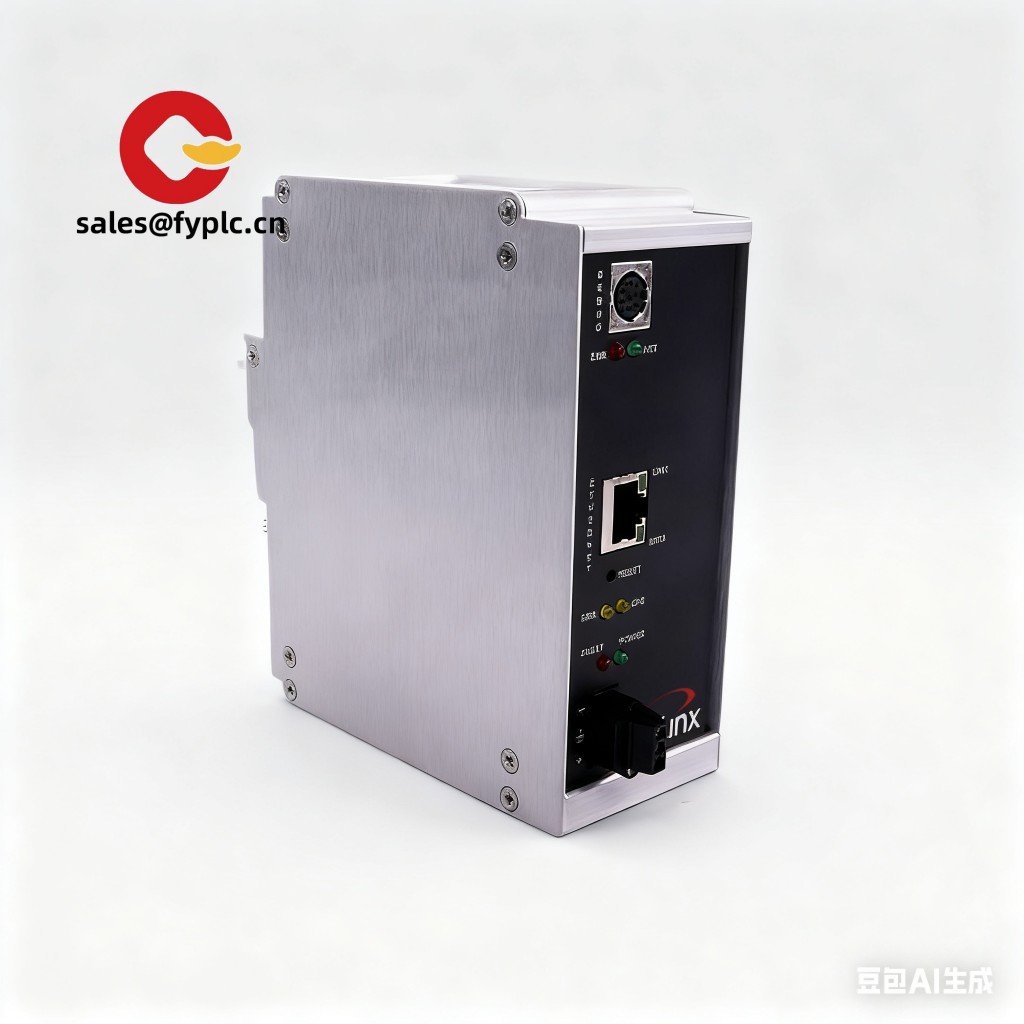
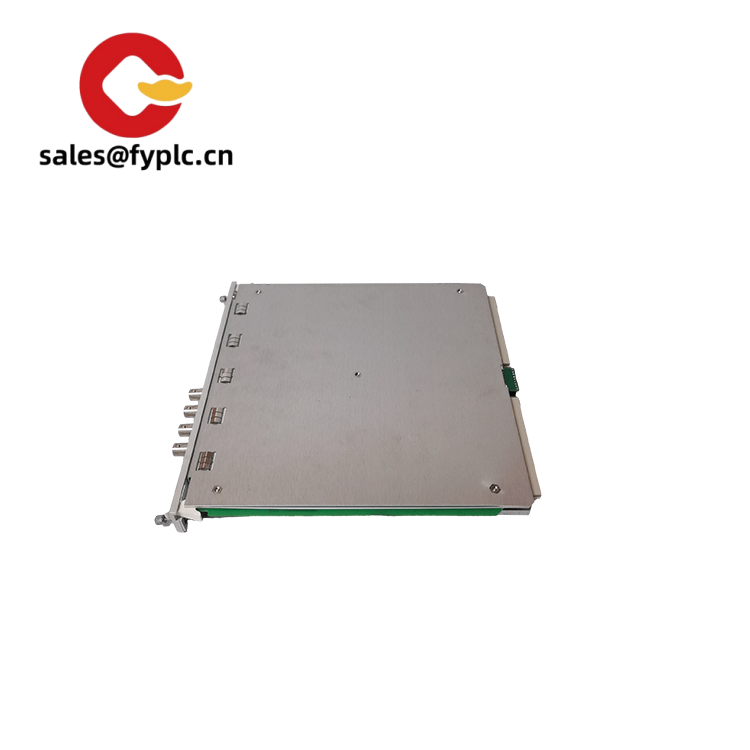

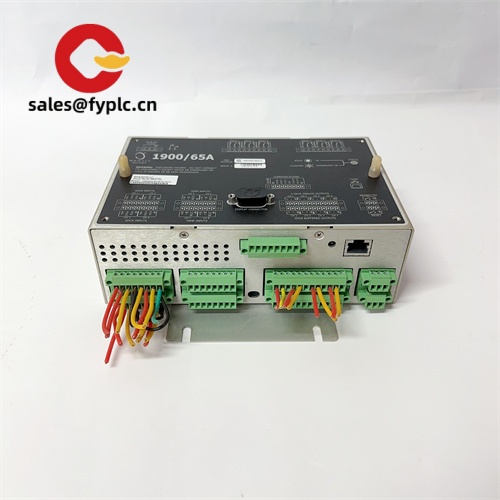
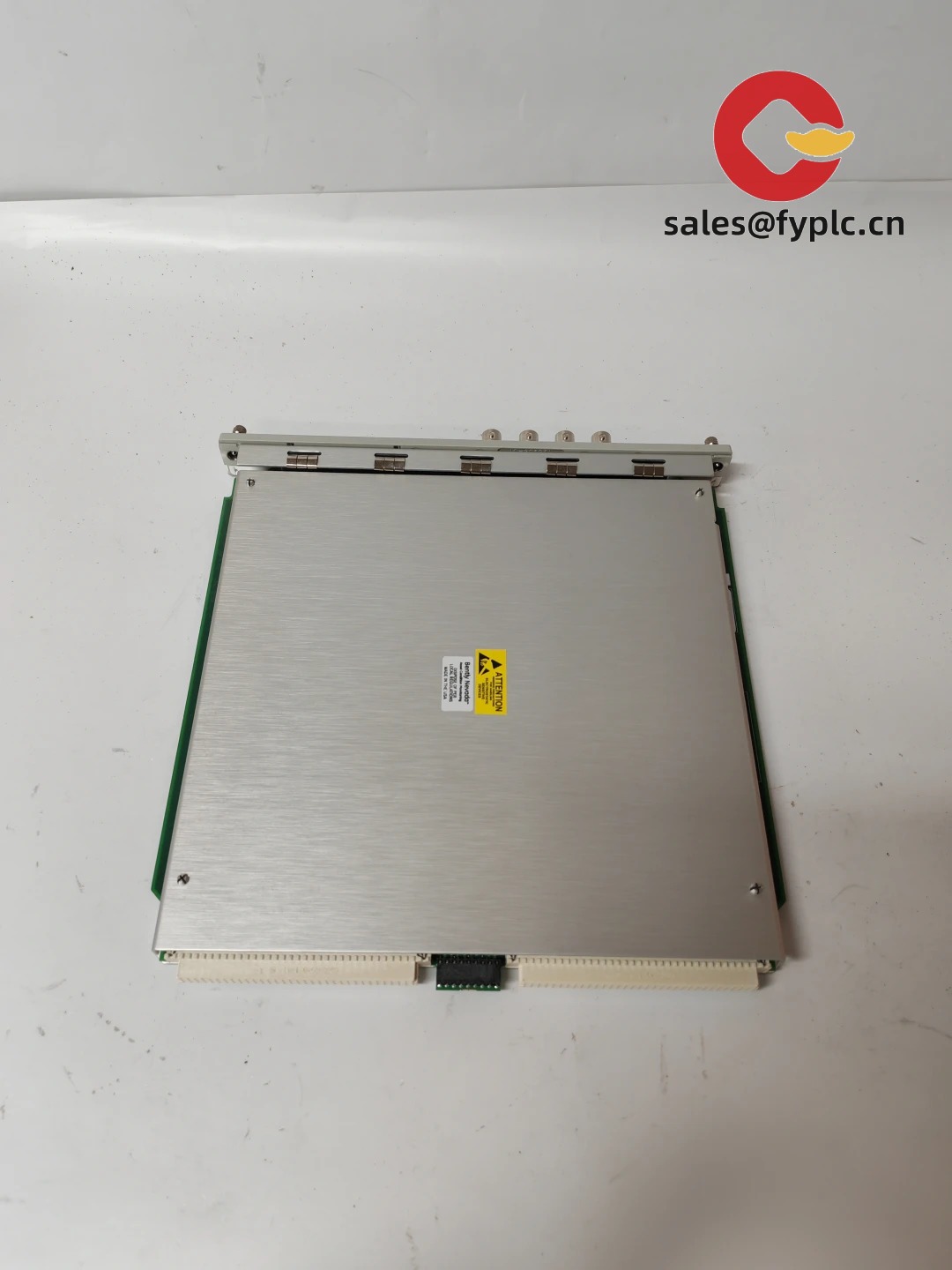
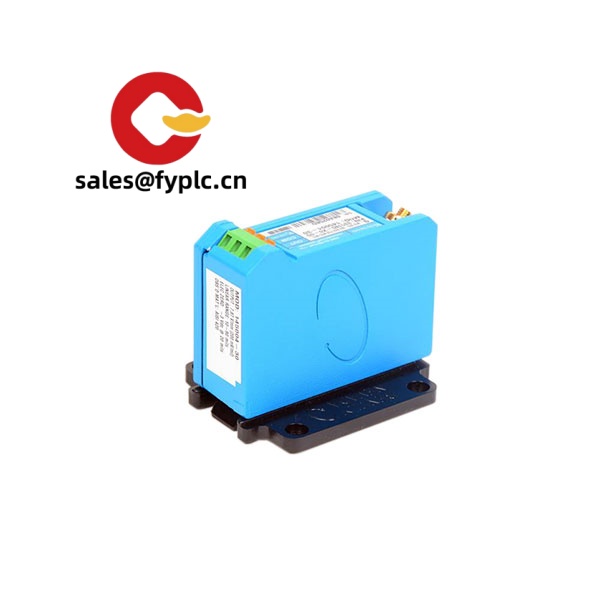
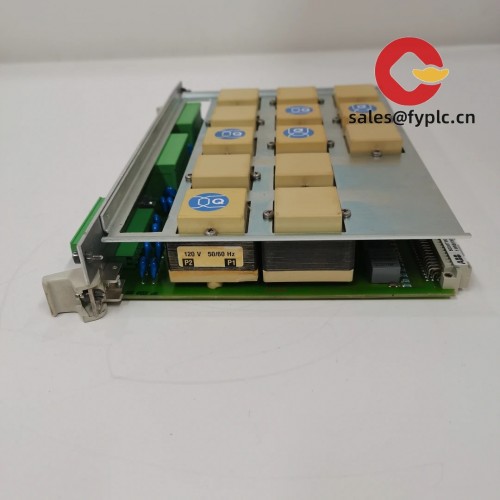
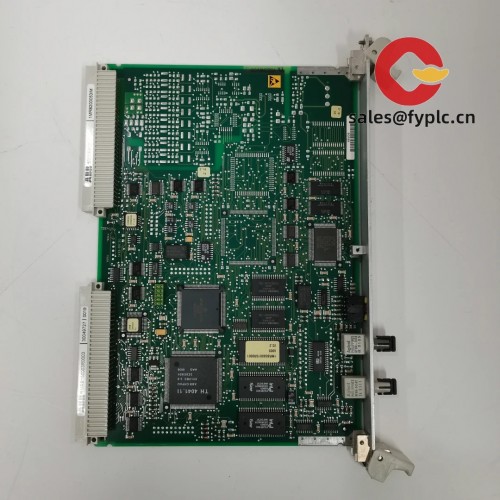
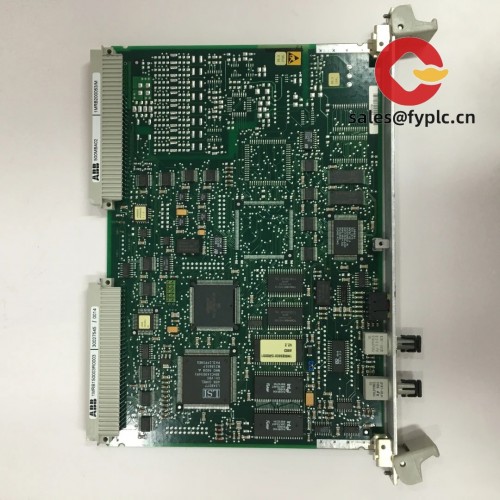
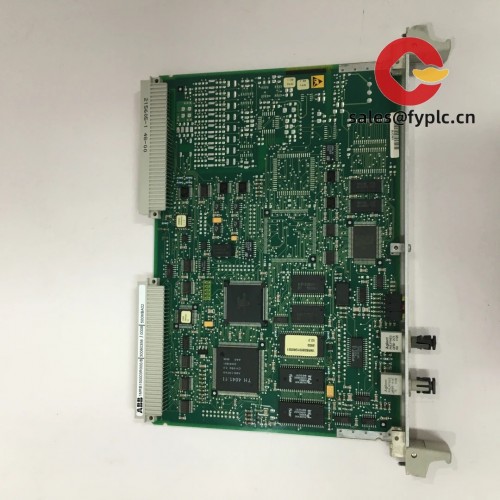
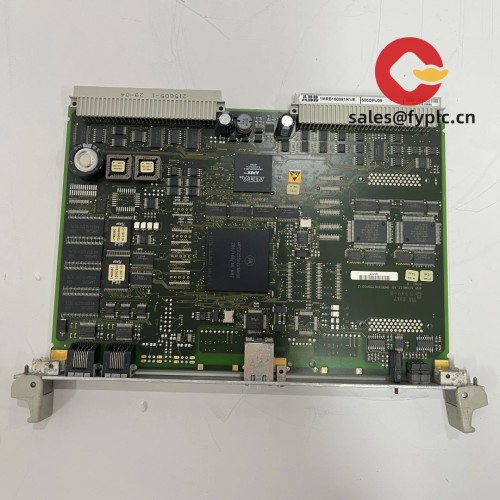


Reviews
There are no reviews yet.